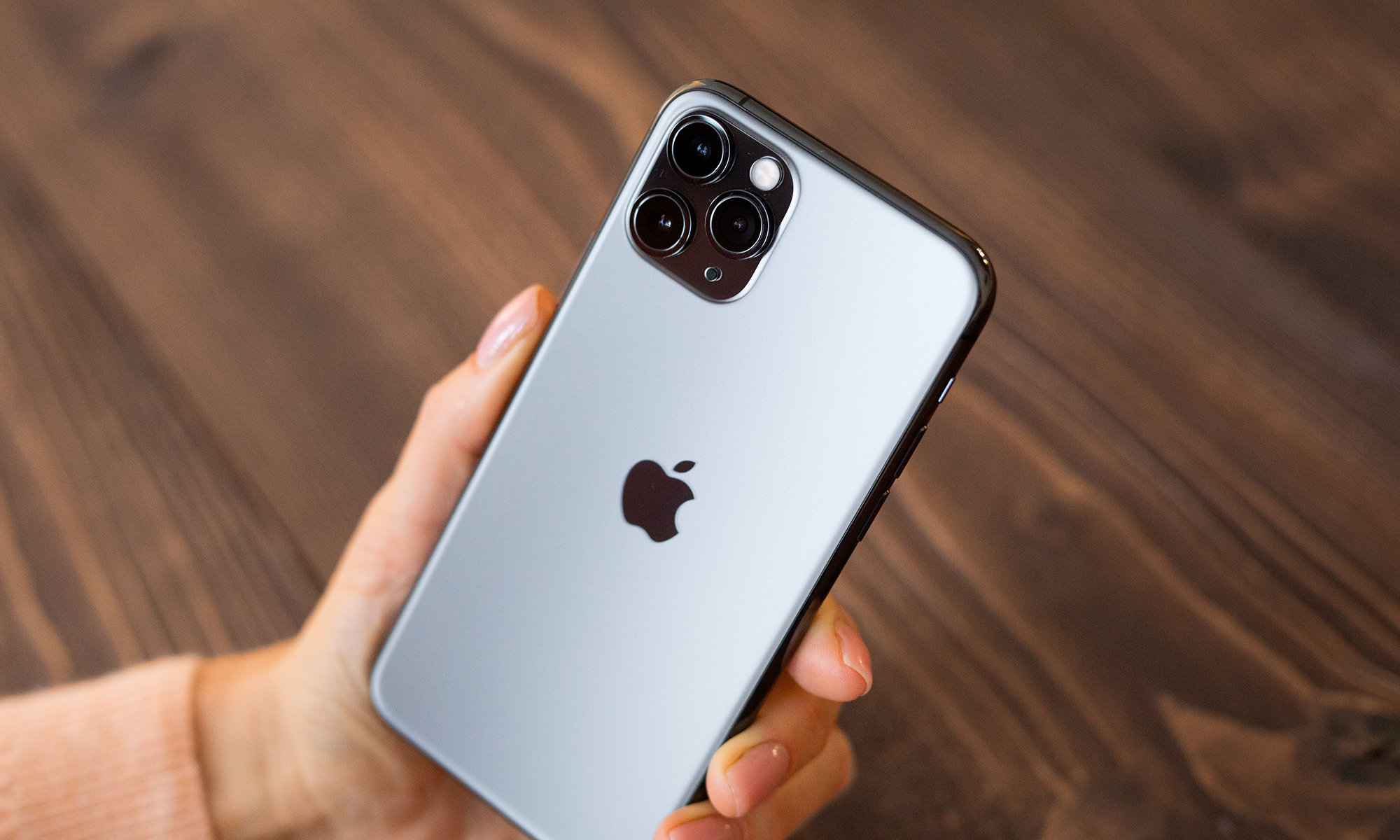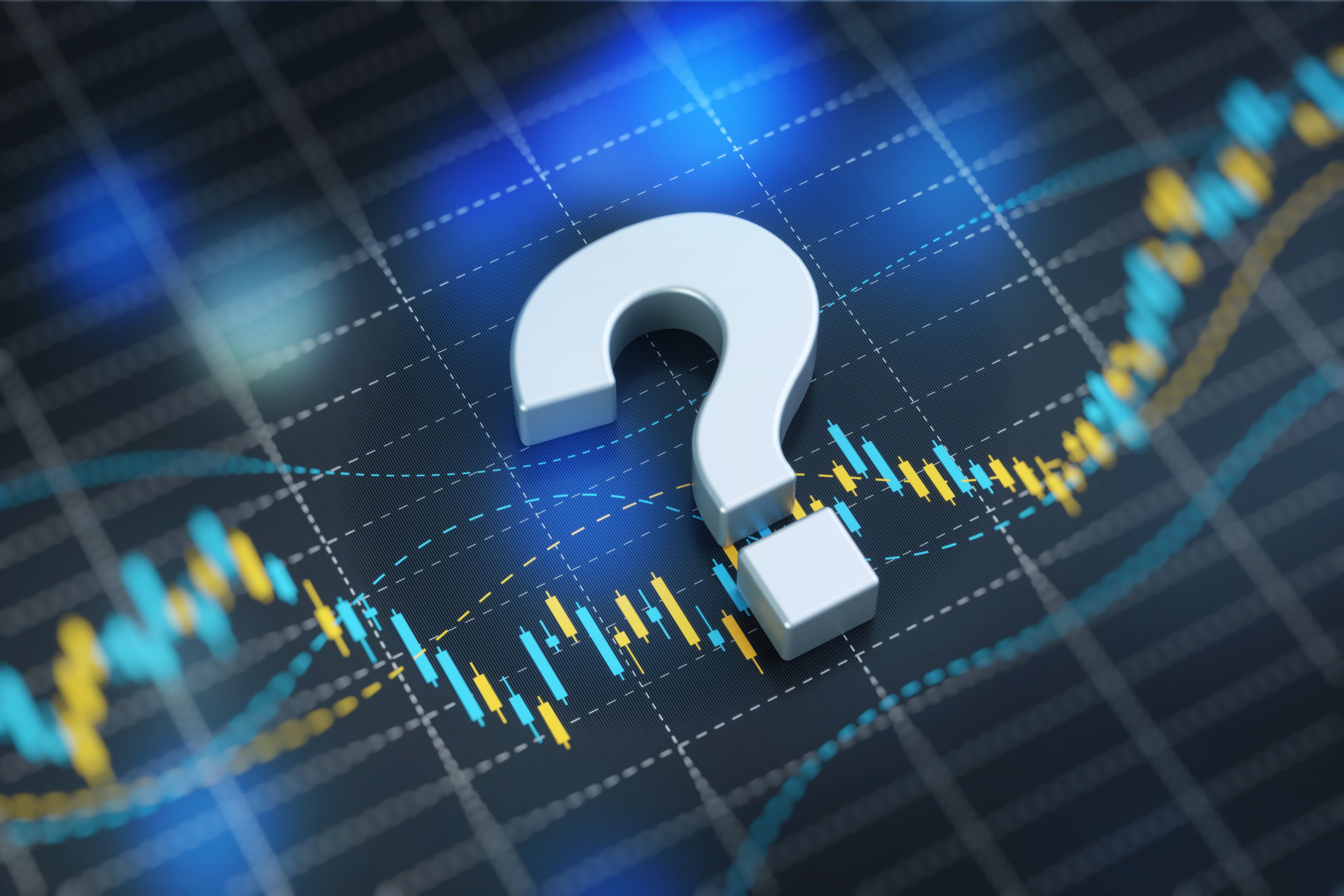Apple (AAPL +0.10%) is reportedly launching a cheaper version of its cheap iPhone. An 8 gigabyte version of the iPhone 5c is set to release on Tuesday, at least in Germany, retailing for 60 euros less than the current 16 GB model.
It's no secret that the 5c isn't selling as well as expected, but it's not clear that the price is what's holding it back. It looks like Apple is giving the model one last hurrah before it launches the iPhone 6 and any less-expensive variant it might have in mind.
With smartphone growth slowing, especially on the high end, Apple needs to gain share against Google's (GOOG +1.93%) Android and Samsung (NASDAQOTH: SSNLF) in order to continue increasing sales in the double-digits. Will a cheaper 5c help its chances?
Is the 5c that big of a flop?
The Fool's Andrew Tonner suggested the 5c is an "epic failure," as recent data indicates the 5s is outselling the 5c at a rate of three to one. While no one expected the 5c to sell as well as the 5s, some may have expected it to grab a larger share of iPhone sales.
The problem is that Apple didn't position the 5c to capture additional market share from Samsung or other Android OEMs. It positioned it to replace its "mid-tier" previous generation iPhone, which would have been the iPhone 5.
Guess what? Historically, the current generation iPhone outsells the previous generation by three to one in the early months of availability.
Guess what else? The margins on the 5c are probably higher than they would have been on the iPhone 5.
Not only is Apple seeing a stagnating cannibalization rate from "good enough" smartphones, it's making more profit when cannibalization happens. In that sense, the 5c is certainly not a flop.
For investors hoping the 5c could help Apple capture additional market share, however, it's clear this smarthphone isn't able to do that.
Could a cheaper 5c help?
The leaked memo from O2 Germany indicates the new 5c model will sell for about 10% less than the 16 GB model. If the same is true for the rest of the world, it would sell in the U.S. for less than $500. Apple may go ahead and offer it at the same price as the 4s -- $450 -- and stop selling the 2.5-year-old model in developed countries.
There's a precedent for such a move. Apple released an 8 GB version of the iPhone 4 and 4s, with the 8 GB iPhone 4 replacing the 3GS. That 8 GB version of the iPhone 4 is still for sale in developing countries such as China and India. That move, though, hasn't drastically helped Apple capture additional market share in those markets.
Samsung successfully added to its market share lead last year by flooding the market with a range of smartphones at various price levels. The company captured 31.3% of the market, selling more than 300 million units. It's unclear, however, how many of those phones were in the high end. The company noted in an investor meeting last fall that high-end sales were flat, and that it expected to sell 100 million high-end units in 2013.
Meanwhile, Google is benefiting from Apple's absence on the low end, but it's still missing out on the world's largest smartphone market in China. Android accounted for nearly 85% of smartphone shipments in 2013, but China accounted for 351 million smartphone shipments. Approximately 325 million of those sales were technically Android phones.
Google has refused to adhere to censorship rules dictated by the Chinese government. As a result, the company is locked out of the country, including its Android apps and Google Play. Outside of China, Google's Android is doing very well, but still faces strong competition from native companies in developing markets -- for example, Russia's Yandex.
Not a market share play
It doesn't look like Apple is really going after market share with an 8 GB iPhone 5c model. It may, however, be looking to boost sales of the 5c, as it originally expected much stronger sales from the midtier device. A sales boost may help it realize further operating or supply chain efficiencies, thus improving its overall profit margin.
As sales growth slows, Apple will rely on improved margins to boost earnings. Analysts expect earnings per share to grow slightly faster than sales as the company buys back stock, but still expect single-digit profit growth. Nonetheless, Apple presents value at just 12.3 times forward earnings and 2.7 times trailing sales.







